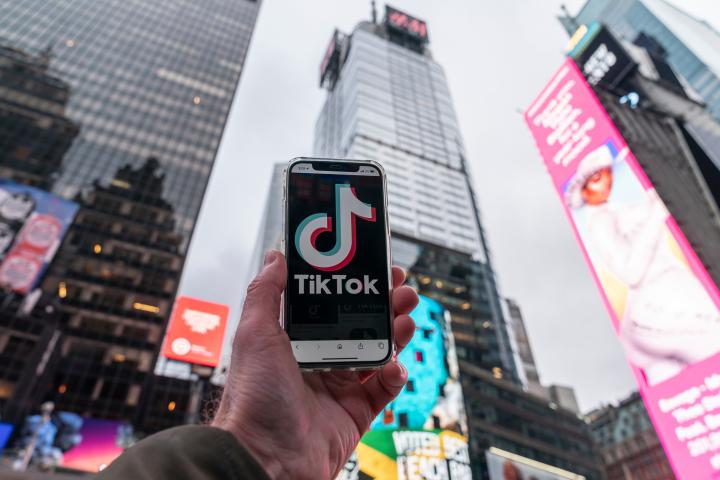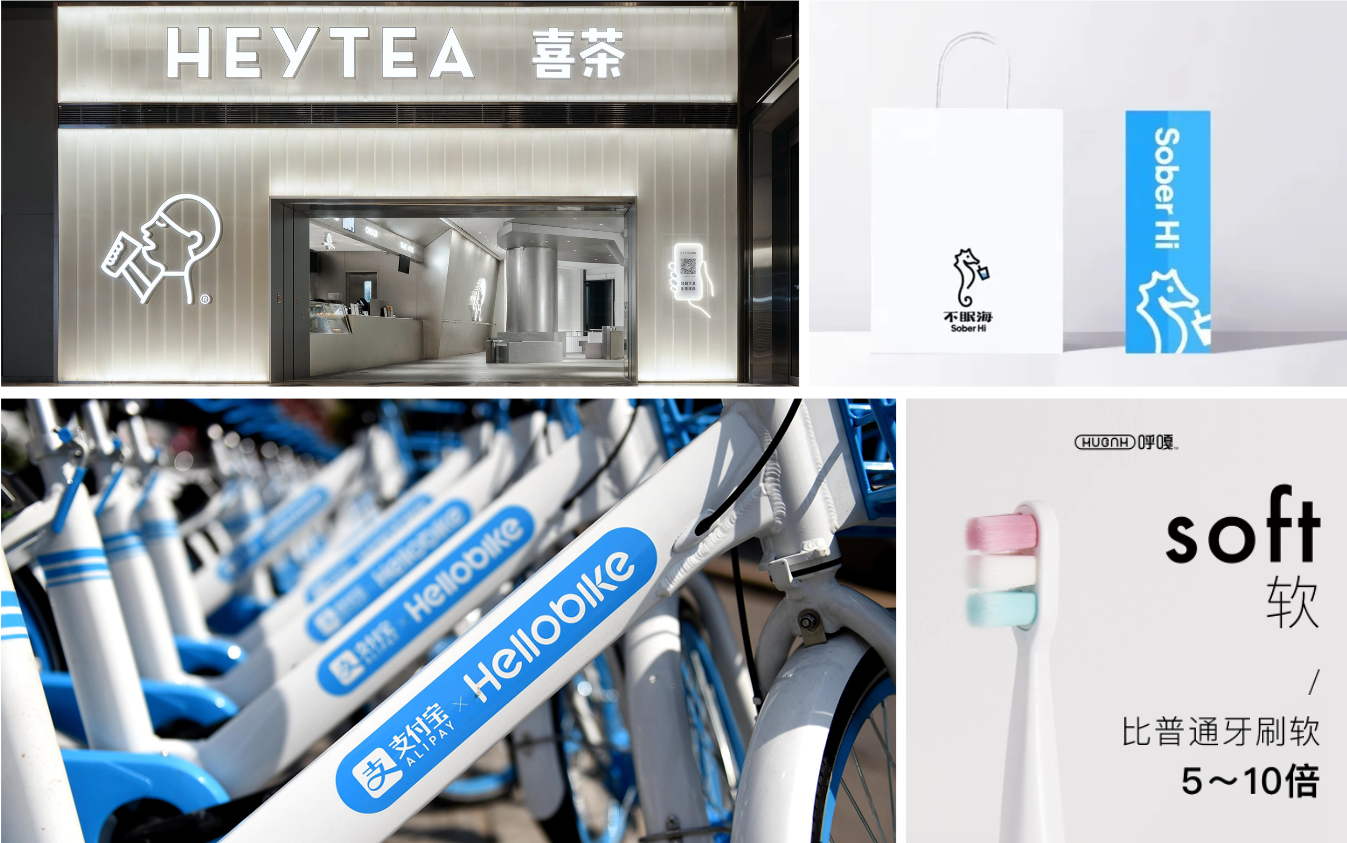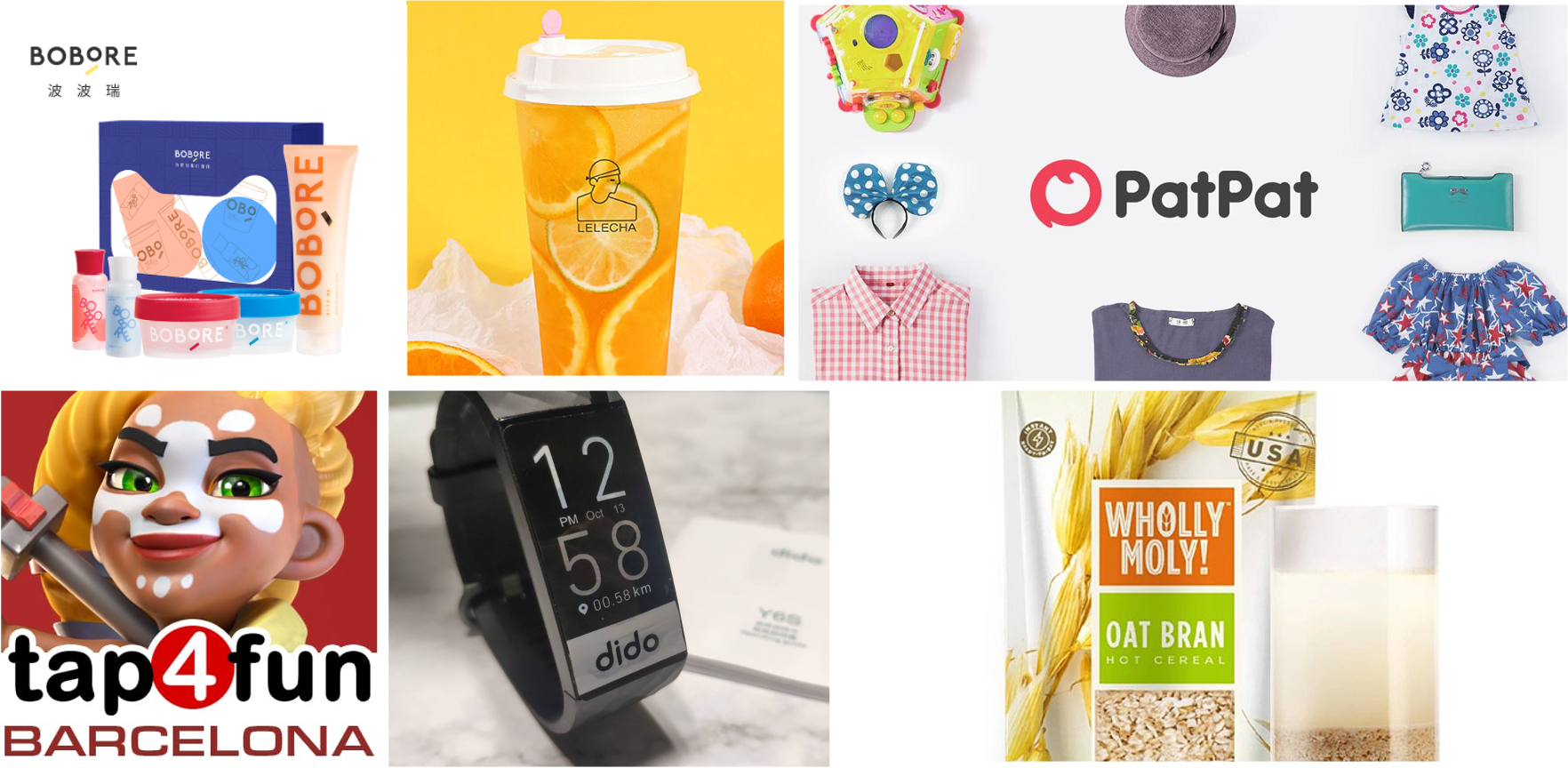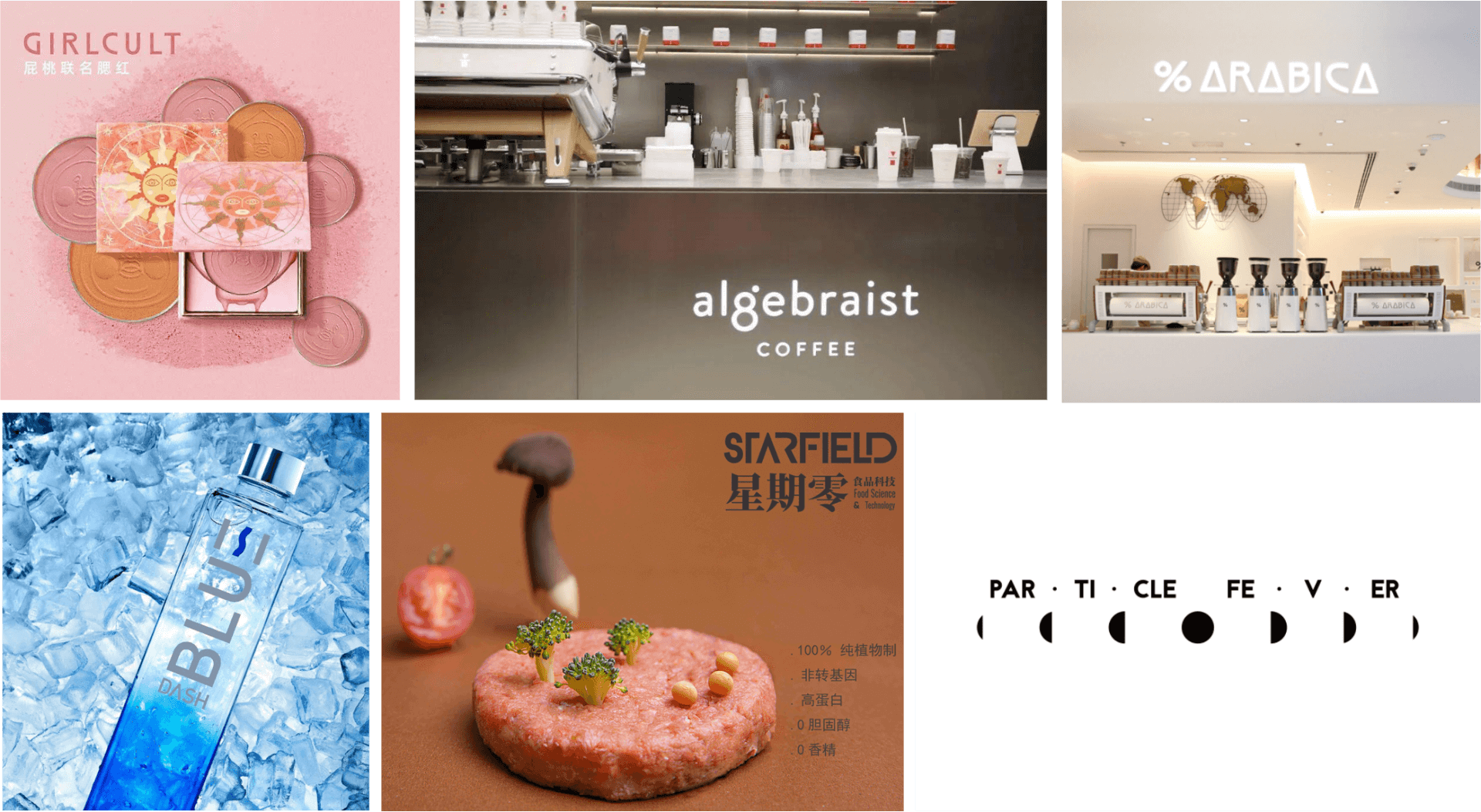

In recent years, Chinese brands have stepped abroad with an increasingly confident attitude. In the meantime, Chinese brands targeting local consumers are also going through subtle changes in positioning as well. These changes can be reflected in Chinese brand alphabetic naming. From Haier, HUAWEI to Bilibili, ByteDance, there is clearly an evolution in the alphabetic name style of Chinese brands.
How should a Chinese brand create a good alphabetic name? What is the relationship between the brands’ alphabetic and Chinese names? Let’s check it out.
Overall, Chinese brands’ alphabetic names nowadays tend to be more distinctive, dynamic, or impactful than ever before; the naming approach is also more diversified:
Daily Expression Name:
Brand name using daily language (including greetings) makes it easier to resonate with the audience and conveys an easy-going brand attitude. For example:
HEYTEA (new tea beverage), Sober Hi (beverage station), Hellobike (bicycle-sharing), HUGGAH (oral care), etc. HUGGAH uses onomatopoeia which is extremely colloquial; even there are two hidden mouths in its Chinese name 呼嘎 ([hū gā] exhale/quack), clearly pointing out the brand’s major business offering of oral care.

Rhythmic Name:
Clap your hands, stomp your feet, and let’s swing together! In addition to our dance leader ByteDance and beat master Tik Tok, let’s take a look at the other active members in the beat group:
The smart use of repetitive words makes the name unique and cute. BOBORE (personal care) and LELECHA (new tea beverage) use repetitive syllables to bring a lively and vibrant feel. PatPat pictures a mother patting a baby, revealing the brand’s maternal & infant categories. Other similar cases are tap4fun (one of the first Chinese mobile game companies to go overseas), dido (wearable smart device), and Wholly Moly! (new health food), etc.

The showcased names all apply repeated syllables or a combination of short pronunciations to make the names read rhythmic. Such names are extremely readable and can easily stick in your mind.
In fact, Chinese characters are ideographic originally that use shapes to express meaning. While in English and Latin languages, people can understand the meaning of words by only listening. Pronunciation is undoubtedly important for alphabetic names. A rhythmic name carries a great advantage to leave a deep impression in consumers’ minds.
Visualization:
Let’s step from concert to the cinema, and discover how Chinese brand alphabetic naming uses visual expressions to communicate with the audience:

Unique concept names:
Twists or gags in novels and other artworks often make people confused in the beginning. Once they got the intention behind it, they would shout out loud to it. Unexpected and unconventional concepts cases are not rare at all in alphabetic names of Chinese brands:

The names above jump out of conventional logic in terms of word expression and concept combination. Such eye-catching and interesting alphabetic names are especially numerous among FMCG, fast fashion, local trendy stores, and Gen-Z brands. In fact, the language habits and characteristics of each individual are the integration of multilingualism and multi-information cognition. In the Age of the Internet, this phenomenon is sharply amplified, and it is the wave top of the language evolution torrent.
The relationship between Chinese and Alphabetic names is nothing more than the connection of pronunciation/meaning, as can be seen in the table below.

It is not difficult to perceive that purely transliterated names like Galanz, Meters/Bonwe are no longer common in today’s Chinese brands. Once, the biggest feature of this type of name was that it helped to shape a unified international brand image (Western style used to mean high-end, fashionable, and worthy of following to almost all Chinese). In the past two decades, with too many local brands’ imitations, this method has long been considered unoriginal and gradually faded out of people’s sight.
On the other hand, “literal translation” or “transliteration + meaning” approaches are more widely used in brand bilingual naming today. The name style tends to be symbolic and unconstraint such as IM 智己 (electric car, [zhì jǐ] intelligent/self); Little Touch 哩头([lǐ tóu] auxiliary word/head). Even the names using “transliteration” are visibly different from pure transliteration in the traditional sense, such as SHEIN 希音 (fast fashion, [xī yīn] hope/sound). This is inseparable from factors such as people’s lifestyle, language habits, and the development of Internet language, etc., and belongs to the cultural projection of the current era in which we live.
Chinese pinyin has been put into use since the 1950s. From Haier 海尔, HUAWEI 华为 to TouTiao 今日头条, Pidan, LELECHA 乐乐茶, pinyin is still used by some Chinese brands as alphabetic names, but the proportion has slightly decreased in recent years. Today, many names in pinyin form tend to be more international and are more aligned with the pronunciation habits of foreign languages.
Does a Chinese brand need an alphabetic name and how to create a good one? Here we summarize some key factors to help answer this question:
We have seen the great evolution of Chinese brand alphabetic naming. In the next decade, what new changes can happen? Let’s witness together.
A Labbrand Group Company © 2005-2024 Labbrand All rights reserved
沪ICP备17001253号-3* Will be used in accordance with our Privacy Policy
To improve your experience, we use cookies to provide social media features, offer you content that targets your particular interests, and analyse the performance of our advertising campaigns. By clicking on “Accept” you consent to all cookies. You also have the option to click “Reject” to limit the use of certain types of cookies. Please be aware that rejecting cookies may affect your website browsing experience and limit the use of some personalised features.